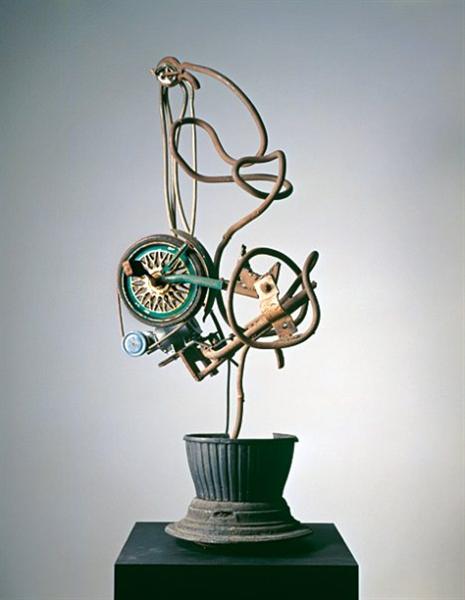Title of Artwork: “Beheading of Saint John the Baptist”

Artwork by Caravaggio
Year Created 1608
Summary of Beheading of Saint John the Baptist
It is an oil painting by Italian artist Caravaggio, depicting the beheading of Saint John the Baptist. In Caravaggio: An Artist through Images (2005), Andrea Pomella writes that it is widely regarded as Caravaggio’s masterpiece and “one of the most important works in Western painting.” As one of the ten most important works of art ever created, Jonathan Jones says that “Death and human cruelty are laid bare by this masterpiece, as its scale and shadow daunt and possess the mind.”
All About Beheading of Saint John the Baptist
Baroque chiaroscuro and vivid red and yellow colours are prominent in the painting, which measures 12 ft (3.7 m) by 17 ft (5.2 m). On a nearby table stands Salome, who has a golden platter in her hands ready to receive the head of John the Baptist. Herodias or a bystander who realises the execution is wrong, stands by in shock as a jailer issues instructions and the executioner draws his dagger to complete the beheading. The Golden Legend, not the Bible, is the source of the scene’s popularity among Italian artists, including Caravaggio himself.
Caravaggio’s signature, which he inked into the red blood oozing from the Baptist’s cut throat, can be found nowhere else in the artist’s work. Figures are roughly life-sized, but there is a lot of empty space in this image because the canvas is so large.
For Caravaggio, a prisoner of the Knights of Malta, his time there provided the inspiration for his work. The number of props and the level of detail in the props used are typical of his later paintings.
By 1608, Caravaggio had completed the largest altarpiece he would paint when commissioned by the Knights of Malta for their chapel. When Caravaggio was inducted and briefly served as a knight in St. John’s Co-Cathedral, where the painting is still on display. Though his service to the Order was brief and troubled, Caravaggio was soon a fugitive from justice for an unrecorded crime. As a “foul and rotten member” Caravaggio was defrocked by the Order in absentia from the Oratory, where this painting hangs, about six months after he was admitted.
Caravaggio depicted the aftermath of the event depicted here in a number of paintings. In London, the National Gallery, and Madrid’s Royal Palace, you can see one of these. One of these may be Caravaggio’s supposed attempt to appease Alof de Wignacourt, the Grand Master of the Knights who expelled Caravaggio, but this isn’t confirmed..
It has been damaged, but it was restored in the 1950s prior to a major Rome exhibition in 1955–56, which brought the work a great deal of attention. Caravaggio’s signature in the blood became visible to modern viewers during the restoration. Controversy has surrounded the signature. However, it has been popularly claimed that Caravaggio signed the work “I, Caravaggio, did this” as a confession of some crime—perhaps connected to the 1606 death of Ranuccio Tomassoni at Caravaggio’s hands, which had caused the painter to flee Rome.
Information Citations
En.wikipedia.org, https://en.wikipedia.org/.






















